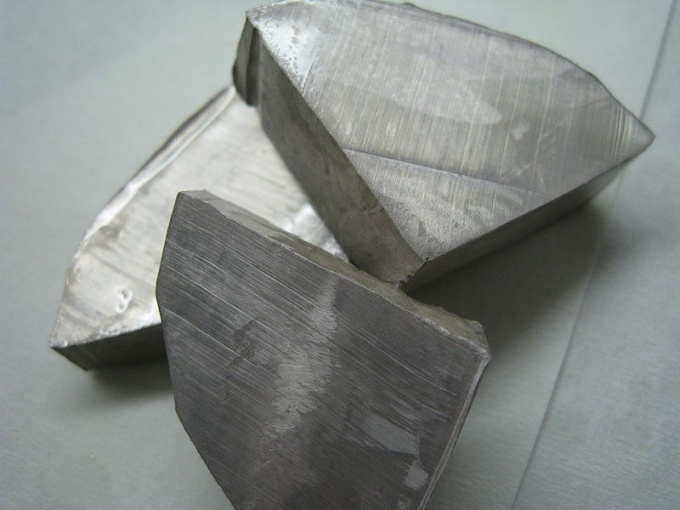Properties of carbon as a chemical element
Properties of carbon as a chemical element
In addition to carbon, the main subgroup of group IValso includes silicon, germanium, tin and lead. The sizes of atoms from top to bottom in the subgroup increase, the attraction of the valence electrons is weakened, so the metallic properties are strengthened and the nonmetallic properties are weakened. Carbon and silicon are nonmetals, the remaining elements are metals.

Instructions
1
On the outer electron layer, carbon, like otherselements of its subgroup, has 4 electrons. The configuration of the external electron layer is expressed by the formula 2s (2) 2p (2). Due to two unpaired electrons, carbon can exhibit valence II. In the excited state, one electron passes from the s-sublevel to the p-sublevel, and the valence increases to IV.
2
The volatile hydrogen compound of carbon is methaneCH4, the only stable compound among the whole subgroup (in contrast to SiH4, GeH4, SnH4 and PbH4). Lower carbon monoxide CO is a non-salt-forming oxide, and the highest oxide of CO2 is acidic. It corresponds to a weak carbonic acid H2CO3.
3
Since carbon refers to non-metals,compounds with other elements, it can exhibit both positive and negative oxidation states. Thus, in compounds with more electronegative elements, such as oxygen, chlorine, its oxidation state is positive: CO (+2), CO2 (+4), CCl4 (+4), and with less electronegative elements - for example, hydrogen and metals - is negative: CH4 (-4), Mg2C (-4).
4
In the periodic system of Mendeleev elements, carbon is under the ordinal number 6, in the second period. It has a relative atomic mass of 12. Its electronic formula is 1s (2) 2s (2) 2p (2).
5
Most often, the carbon exhibits a valence equal toIV. Because of the high ionization energy and low affinity energy for an electron, the formation of ions, positive or negative, is not characteristic for it. Usually carbon forms covalent bonds. Carbon atoms are also able to combine with each other to form long carbon chains, linear and branched.
6
In nature, carbon can be found both infree form, and in the form of connections. Two allotropic modifications of free carbon are known: diamond and graphite. Limestone, chalk and marble have the formula CaCO3, dolomite - CaCO3 ∙ MgCO3. Carbon compounds are the main components of natural gas and oil. All organic substances are also based on this element, and in the form of carbon dioxide CO2 carbon is located in the Earth's atmosphere.
7
Diamond and graphite, allotropic modifications of carbon,strongly differ from each other in their physical properties. So, a diamond is a transparent, very hard and strong crystal, the crystal lattice has a tetrahedral structure. There are no free electrons in it, so the diamond does not conduct an electric current. Graphite is a dark gray soft substance with a metallic sheen. Its crystal lattice has a complex layered structure, and the presence of free electrons in it determines the electrical conductivity of graphite.
8
Under normal conditions, the carbon is chemicallyit is inactive, but when heated, it reacts with many simple and complex substances, manifesting the properties of both the reducing agent and the oxidant. As a reducing agent, it reacts with oxygen, sulfur and halogens: C + O2 = CO2 (excess oxygen), 2C + O2 = 2CO (lack of oxygen), C + 2S = CS2 (carbon disulfide), C + 2Cl2 = CCl4 (carbon tetrachloride).
9
Carbon recovers metals and non-metals from their oxides, which is actively used in metallurgy: C + CuO = Cu + CO, 2C + PbO2 = Pb + 2CO.
10
Water vapor passed through the heated coal gives a water gas - a mixture of hydrogen and carbon monoxide (II): C + H2O = CO + H2. This gas is used for the synthesis of substances such as methanol.
11
Oxidative properties of carbon are manifested in reactions with metals and hydrogen. As a result, metal carbides and methane are formed: 4Al + 3C = Al4C3 (aluminum carbide), Ca + 2C = CaC2 (calcium carbide), C + 2H2↔CH4.







